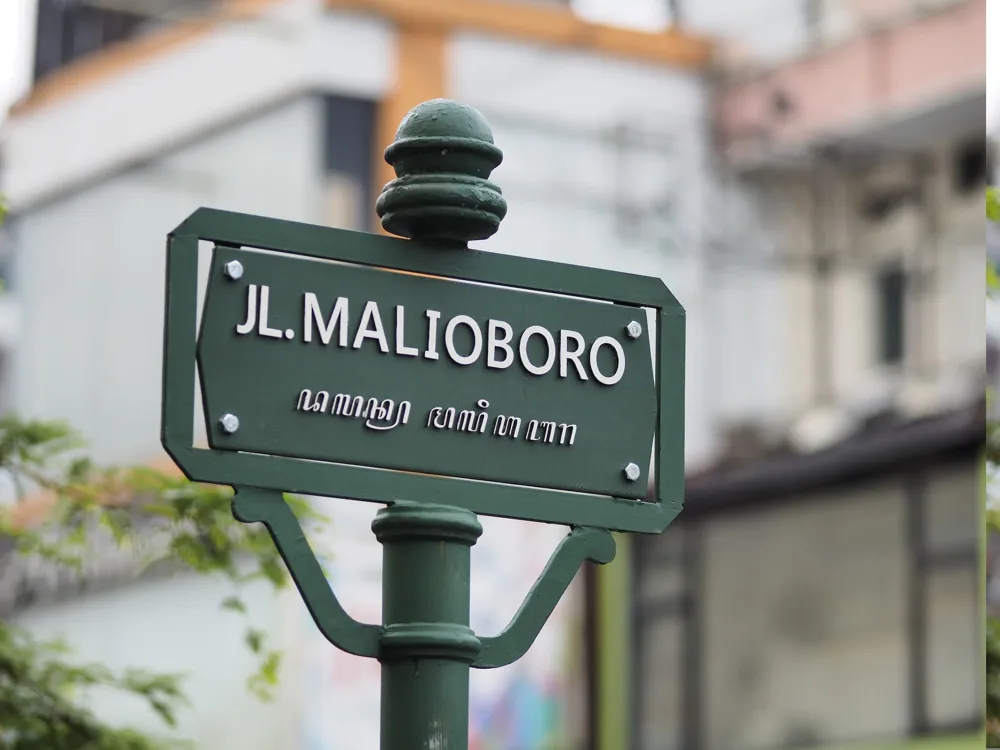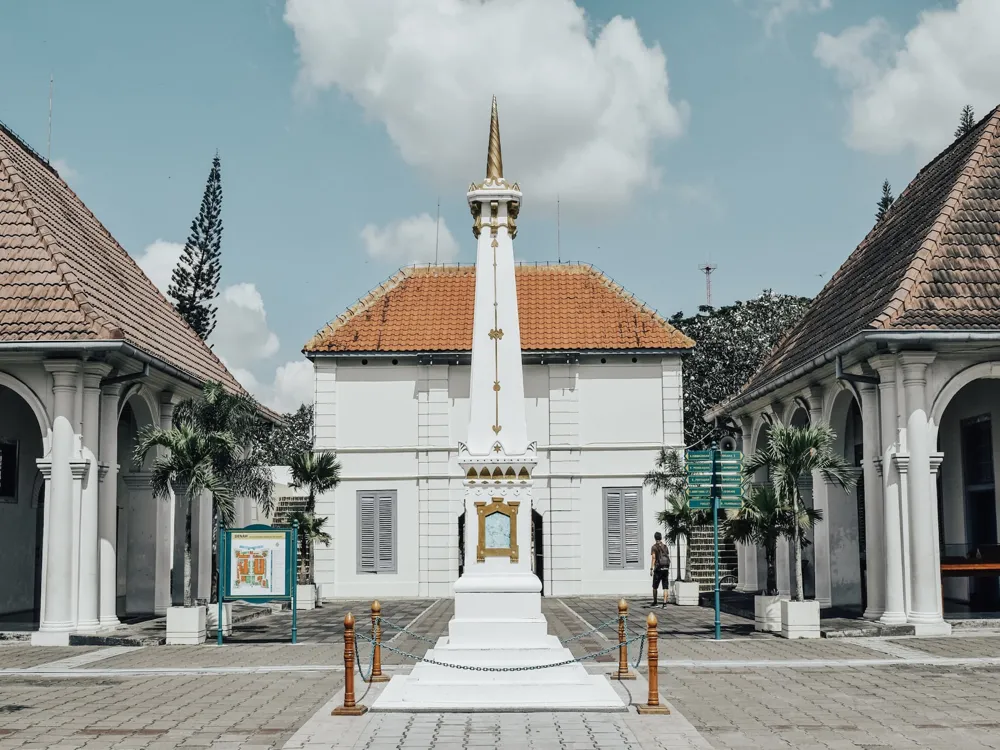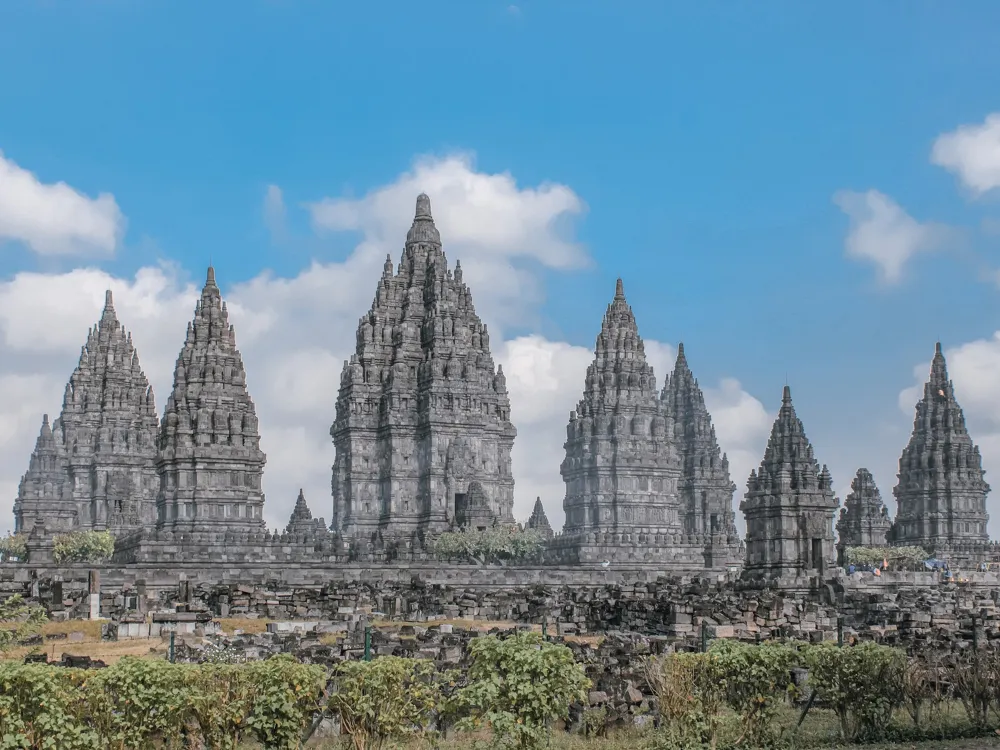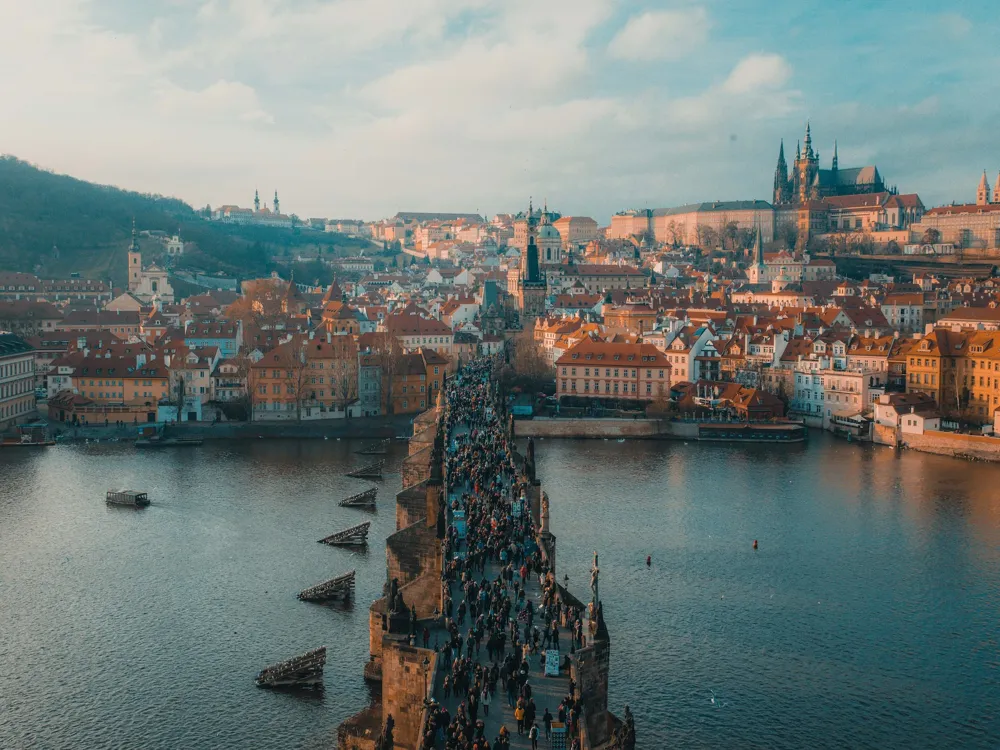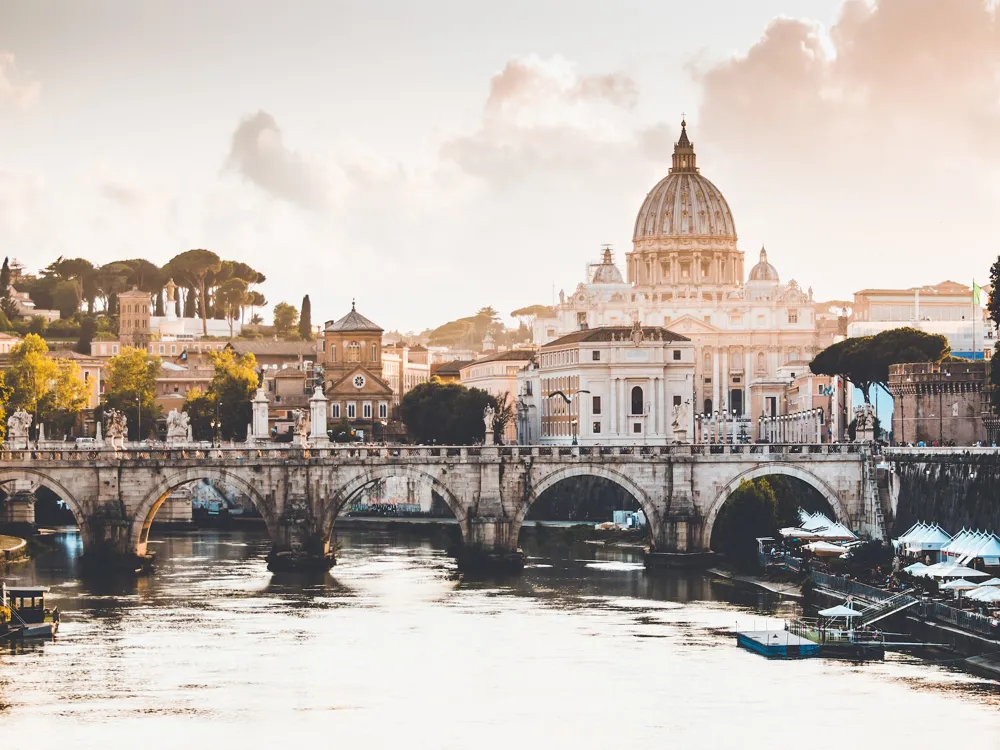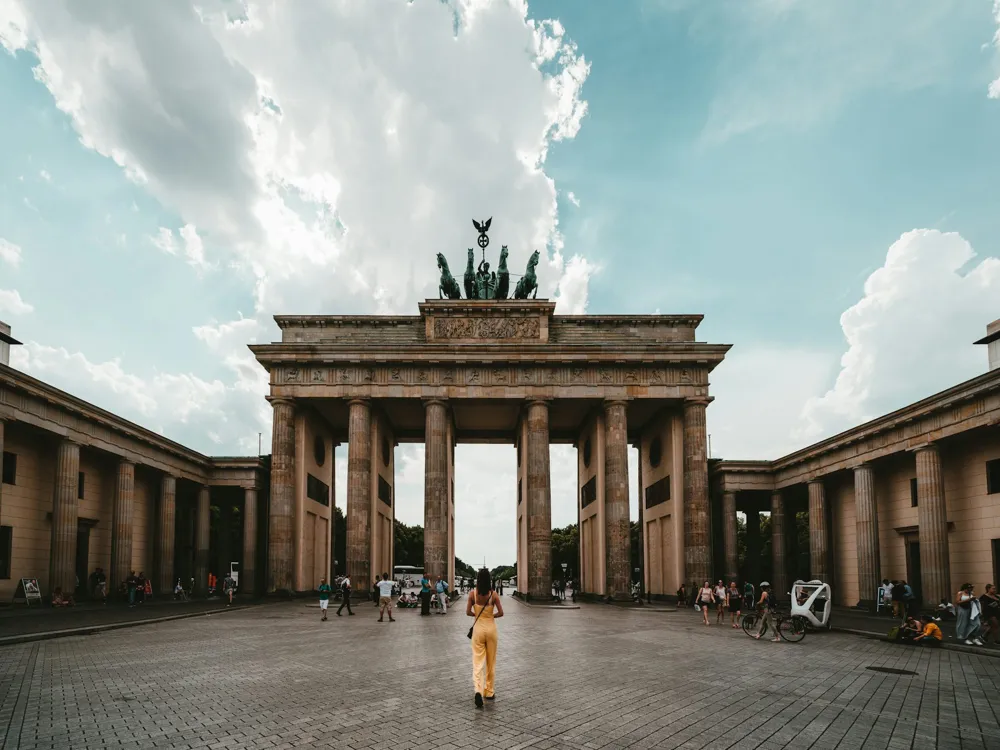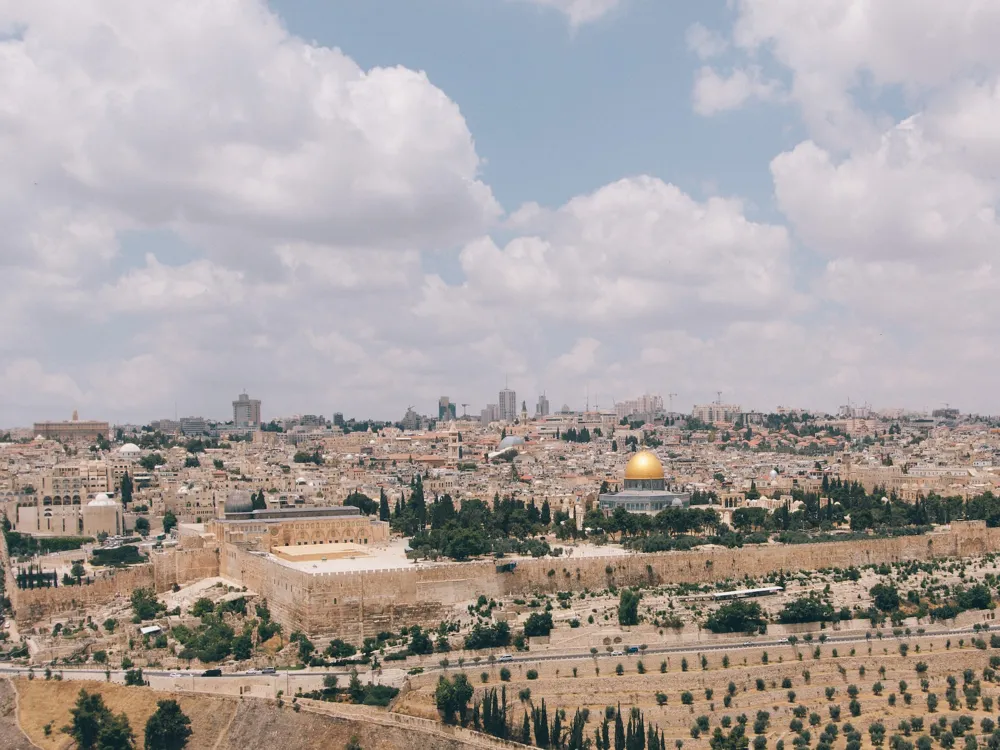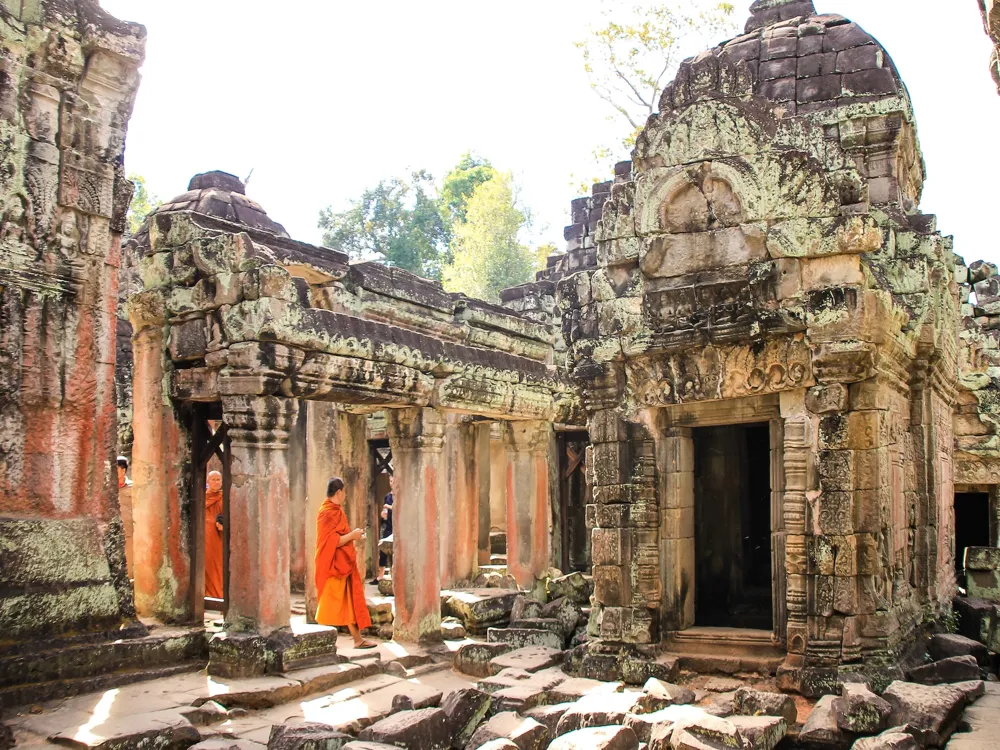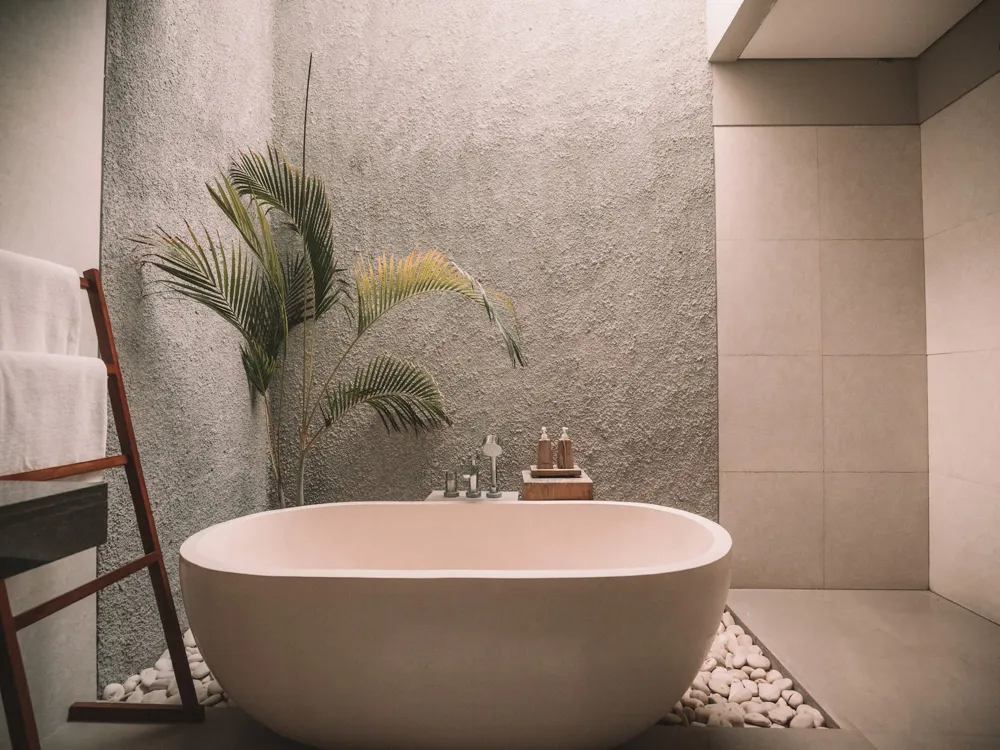Plan Your Travel To Yogyakarta
Places To Visit In Yogyakarta
Candi Ijo
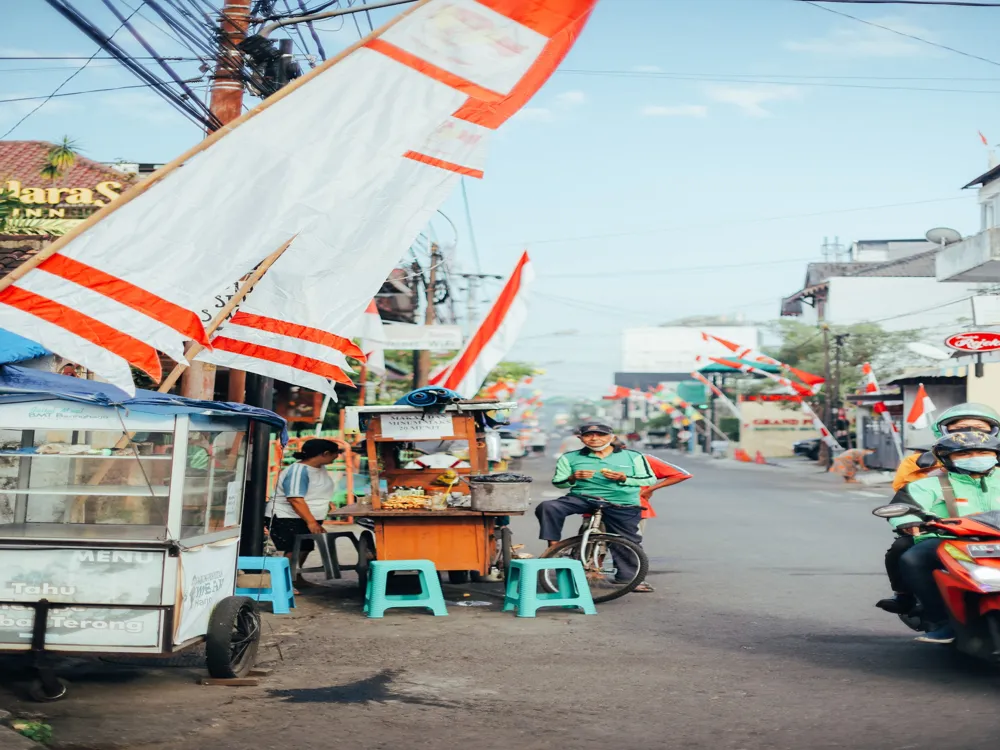
Candi Ijo, or the Ijo Temple, occupies a spot roughly at a distance of four kilometres from Ratu Boko. Established during the 10th and 11th centuries, the Candi Ijo is close to Yogyakarta in Indonesia. The compound of the temple adorns the serene hamlet of Groyokan, in the Sambirejo Village.
In keeping with the name of the hill on which it is perched, at four hundred and ten metres above sea level – the Gumuk Ijo Hill – the temple is also named Ijo. Ijo, in the Javanese language, translates to 'green', which is evidenced through the lush rice paddies and the surrounding west lying villages that provide an excellent panoramic view from the hilltop. Watching the sunset from this point is quite perfect as well. Candi Ijo is one of the sacred Hindu relics which are dated back to the time when the Mataram Kingdom was in power in Java, Indonesia. Although Candi Ijo is the highest temple in Yogyakarta, it is yet to be exposed to mainstream tourism. Believed to have been built as a Shaiva worship spot, the compound of the Ijo Temple spreads across 0.8 hectares. The holy sanctuary also witnesses a fair share of Hindu festivities throughout the year.
Read More
Jomblang Caves
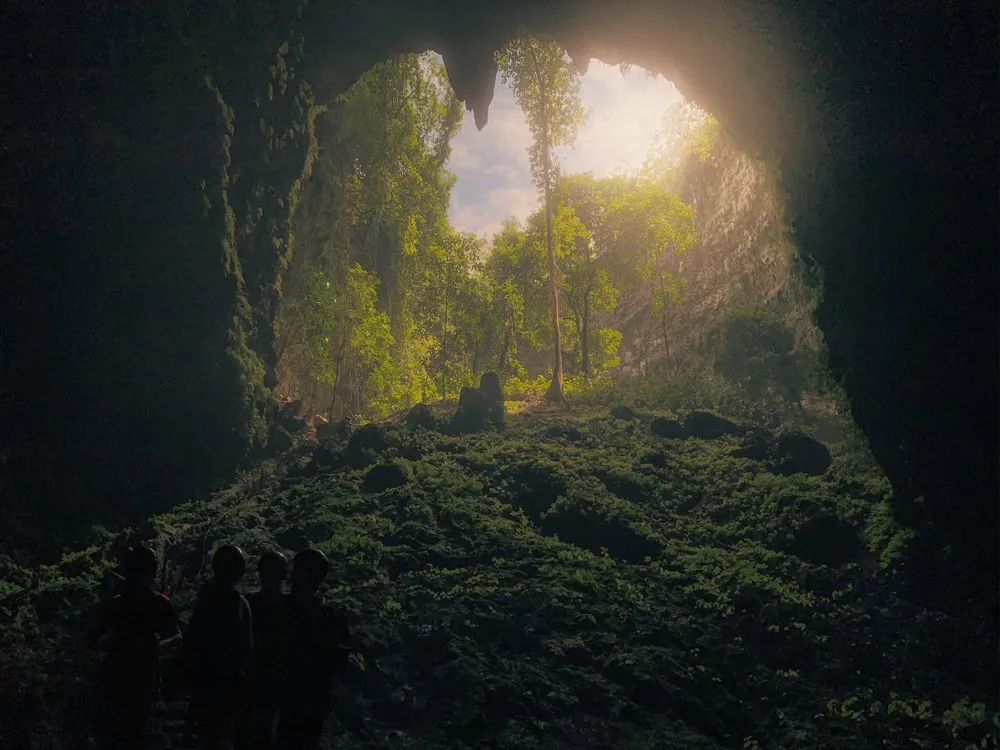
The Jomblang Caves are a part of a cave system that reaches the whole of Gunung Kidul. The cave had formed around a thousand years ago when the soil and vegetation had collapsed under the surface of the earth. It had created a sinkhole that was roughly 50 m wide and up to 80 m deep. Over the thousand years, supported by the 'Heavenly Rays,' which is a daily 3-hour window of sunlight that enters the cave, helped an incredible underground forest take root.
The Jomblang Cave are vertical caves with a forest with a diverse type of vegetation from the land above it. Some of the flora still exists because of the water from the Kalisuci river at the bottom of the cave. Besides the cave being unique, the cave has also had a history of the allegedly being used as a place to execute PKI victims and as the location of mass murder.
Read More
Klayar Beach
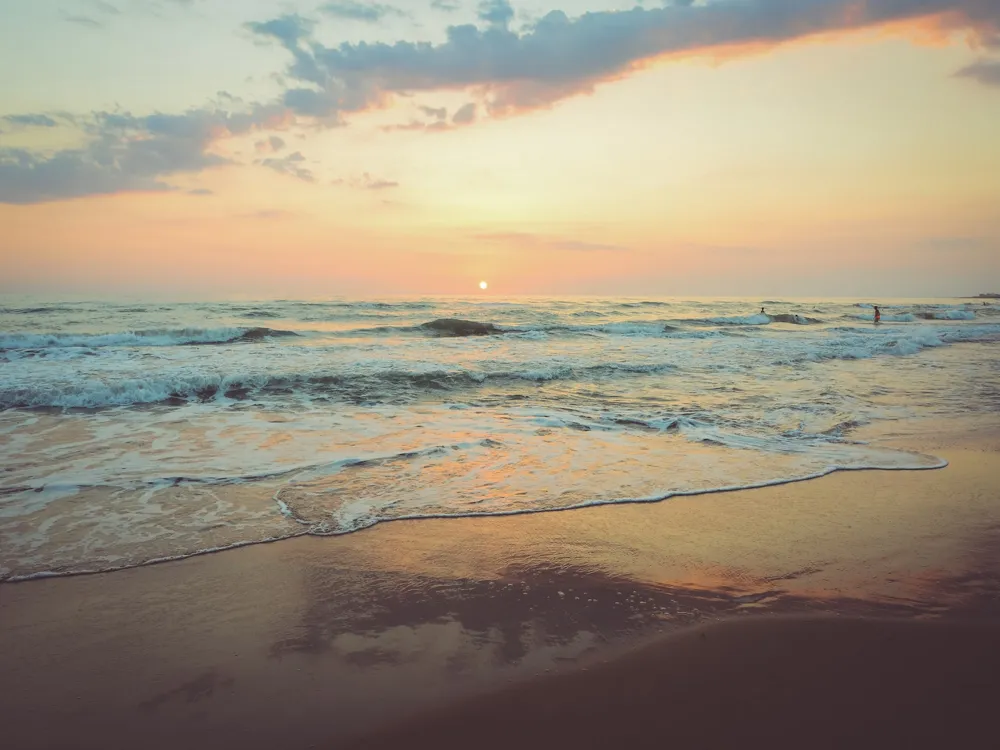
Situated around a 2.5 hour drive away from Yogyakarta, Klayar Beach is one of those beaches that is just beginning to command the respect that it deserves from tourists and is still very much off-the-beaten-track. The conspicuous silence of the beach gives rise to one of the unique features of it; the sound of the waves crashing against the shore and flooding through holes in the rock formations make an almost flute-like whistle that floats around the beach.
Read More
Kraton Palace
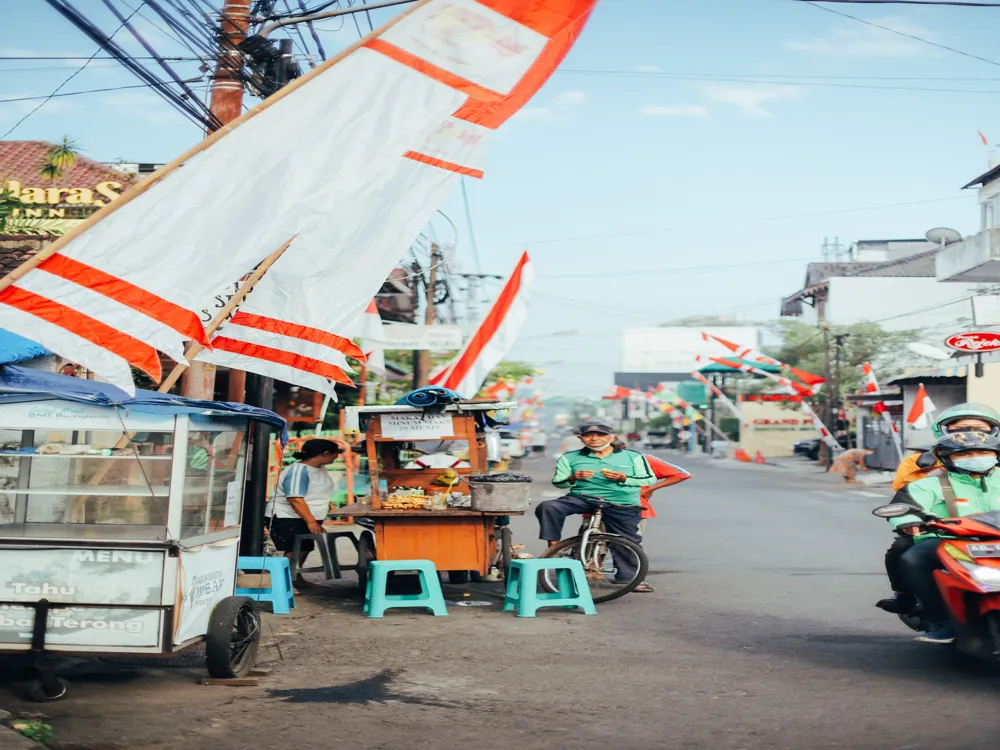
Kraton (Keraton) Palace, also known as the Palace of Yogyakarta, the home of the Sultan, is one of the most carefully planned buildings in Indonesia. Originally created to reflect on the Javanese cosmos, this attraction is a perfect connection between natural realms, humans and god. It is built in the heart of the city and is considered to be a place of national pride and glory.
The palace is built facing Mount Merapi. To its south is the Indian Ocean. Visitors will be able to see authentic Javanese architecture along with hints of Buddhist, Hindu and Islamic planning. The green square, also known as the Alun-Alun Lor is located at the front of the palace and the Alun-Alun Kidul is located at the South of the palace in order to determine axis and direction. The southern gate leads to the royal cemetery called located in Imogiri where the Sultan was buried. Sitihinggil Lor is situated in the North while Sitihinggil Kidul in the South where occasionally, performances such as music, dance, puppet show or Special Wayang Kulit takes place.
Read More
Merapi Volcano
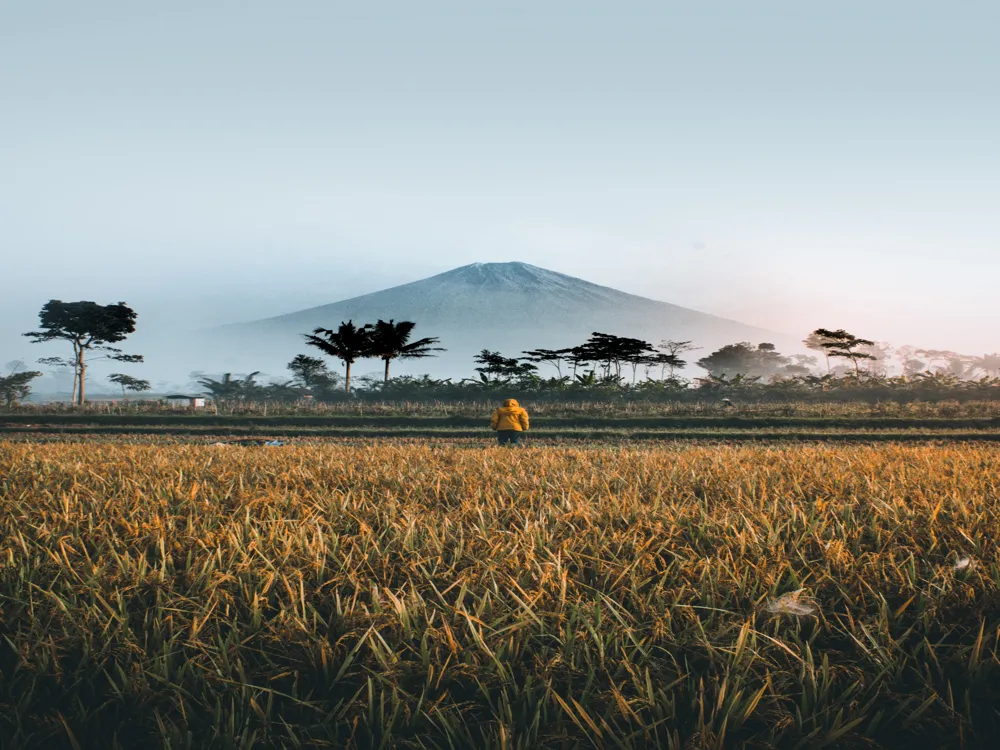
Mount Merapi, also known as Gunung Merapi is an active volcano situated on the periphery of the Central Java and Yogyakarta territories, Indonesia. It literally translates to to Fire Mountain in Javanese, In fact, it most recently erupted in 2018 and can still be seen spewing ash and smoke at periodic intervals.
Surprisingly enough, however, there are still villagers residing on it flanks. It has been identified as one of the 'Decade Volcanoes' - one among the 16 volcanoes worthy of study. It is wise to check the weather and the current conditions before trekking or hiking to this place.
Read More
Parangtritis Beach
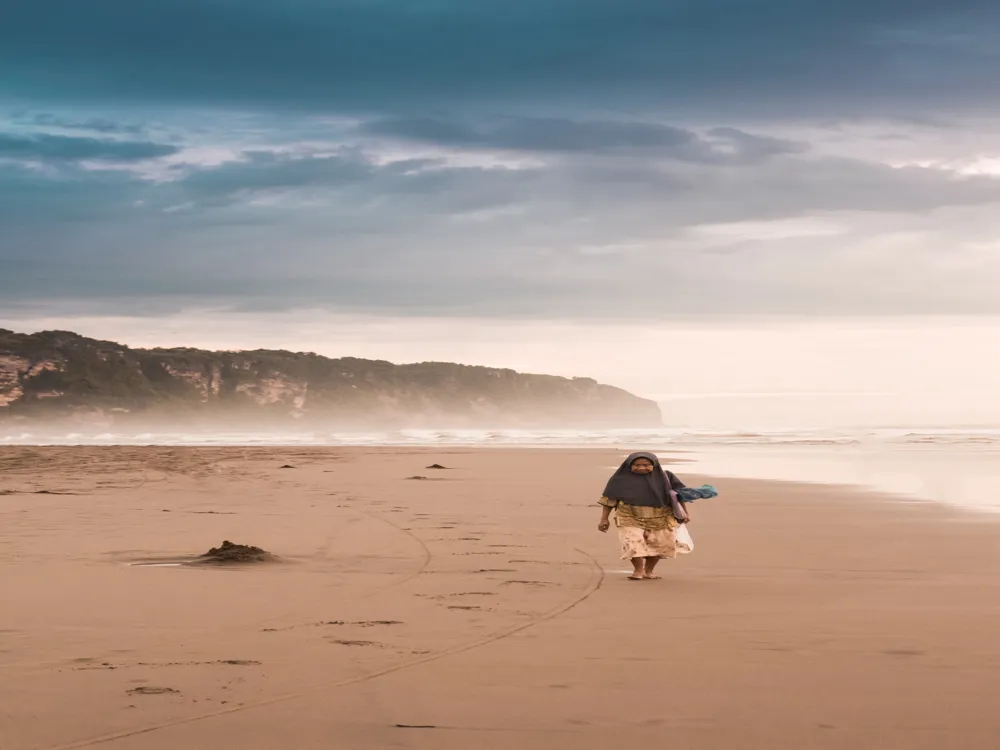
Located 20km outside the city centre of Yogyakarta lies the Parangtritis Beach. Sed amidst lush green hills, the beach is also known for the special place it holds in Javanese folklore. The surrounding area of the beach is replete with natural and geological features such as caves, lakes, lagoons. At night, once the stars come out, the entire landscape is bathed in an almost ethereal light, perhaps one of the reasons that the area is awash with legends.
Read More
Prambanan Temple
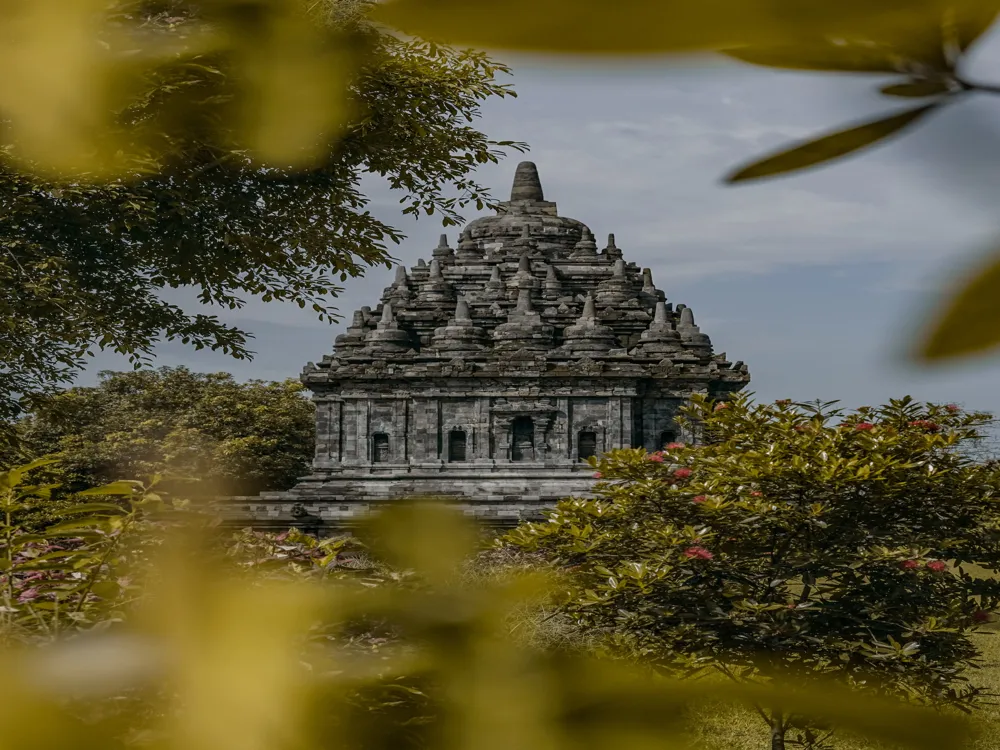
A temple of the 10th century, The Prambanan Temple is the largest temple devoted to Lord Shiva in Indonesia. The temple houses numerous portrayals of the Ramayana with references to Shiva, Vishnu, and Brahma, the three great Hindu deities, along with three temples devoted to the animals that were believed to serve them.
Also known as 'Loro Jonggrang', The Prambanan Temple is situated at the boundary of the two territories of Yogyakarta and Central Java. The temple also shares a common compound with the Sewu Temple, Bubrah Temple and Lumbung Temple, that form a part of the Prambanan Archaeological Park. Composing of 240 temples, the Prambanan Temple, along with the temples mentioned above, were established during the reign of Sailendra dynasty in Java in the 8th century AD.
Read More
Sewu Temple
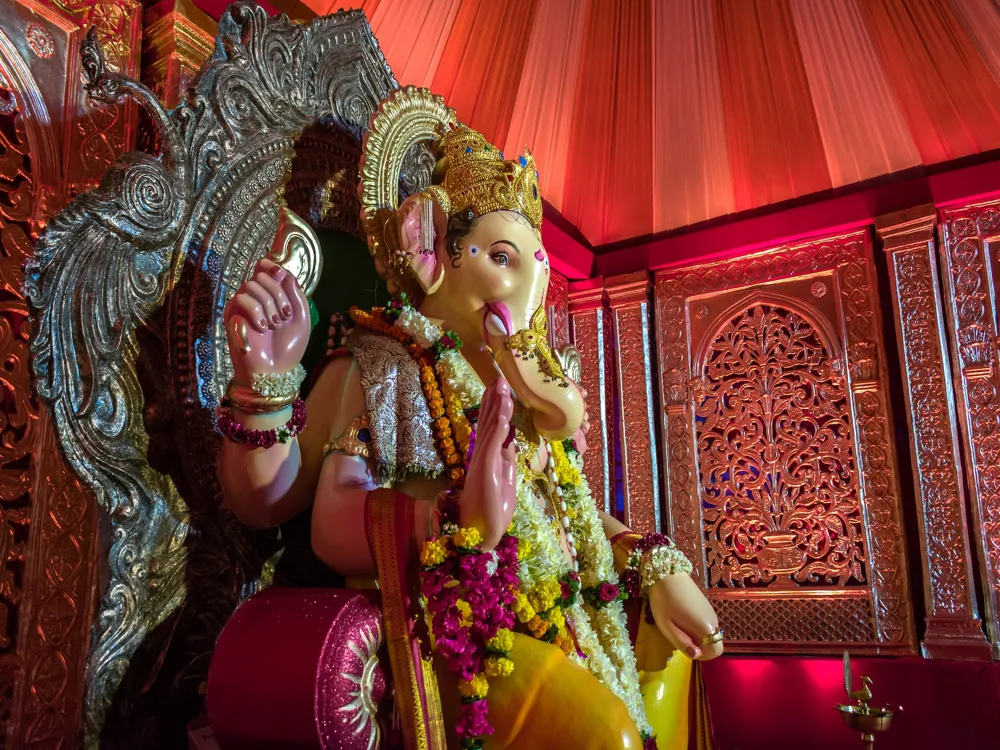
The second-largest temple complex in Indonesia after the Borobudur Temple Complex, The Sewu Temple Complex is built upon Buddhist principles and sensibilities. It is located about 17km away from the main city of Yogyakarta and is among its foremost structures alongwith the Prambanan and Borobudur temples. The construction of the temple complex was started way back in the 8th- Century by the Matram Kings, although it was discovered only in the 1960s. This was because the debris of the temple were buried under the deluge of the explosion of Mount Merapi Volcano.
The name of the temple itself in the local language translates to 'Thousand Temples', however, in reality temple is arranged in the form of a 'Mandala' and consists of 294 smaller temples inside it. The temple is also known as Candi Sewu Temple, after the Indnesian word for temple. It is located right at the end of the Prambanan Temple complex and inspite of being a restored one, sees far fewer tourists.
Read More
Taman Sari
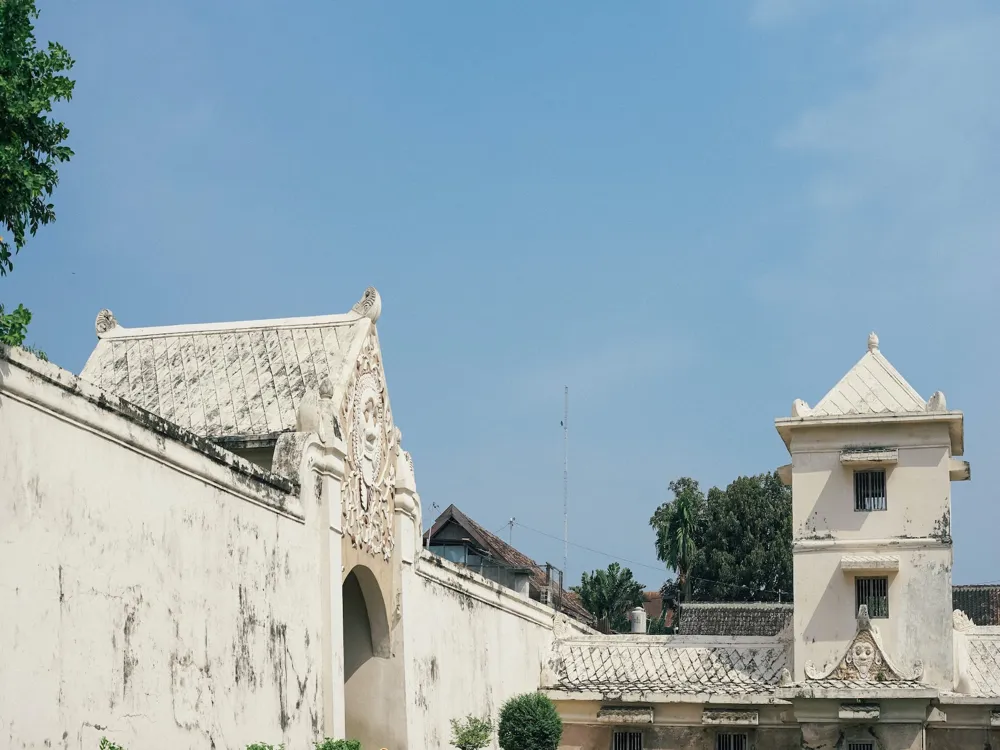
Situated close to the Kraton Palace, Taman Sari was initially constructed as a garden for the Sultan of Yogyakarta in the 18th century. It includes elegant gardens and pools and is a peculiar structure that is believed to have underground tunnels that connect it ti the Indian ocean. Originally it was constructed as a large artificial lake with island, a bathing complex and a complex structure of pavilions and small pools along with a lake. At this point, however only the bathing pool remains while the rest of the structures have been usurped under the Kampung settlement.
Some of its original functions were be a meditative spot and a hiding place for the royal family. However, currently just the mosque, resting and washing space, and underground passages are open to visitors. With its mix of eastern and western style of architecture, this exceptional getaway of the royal family hold intrigue and beauty.
Read More
Timang Beach
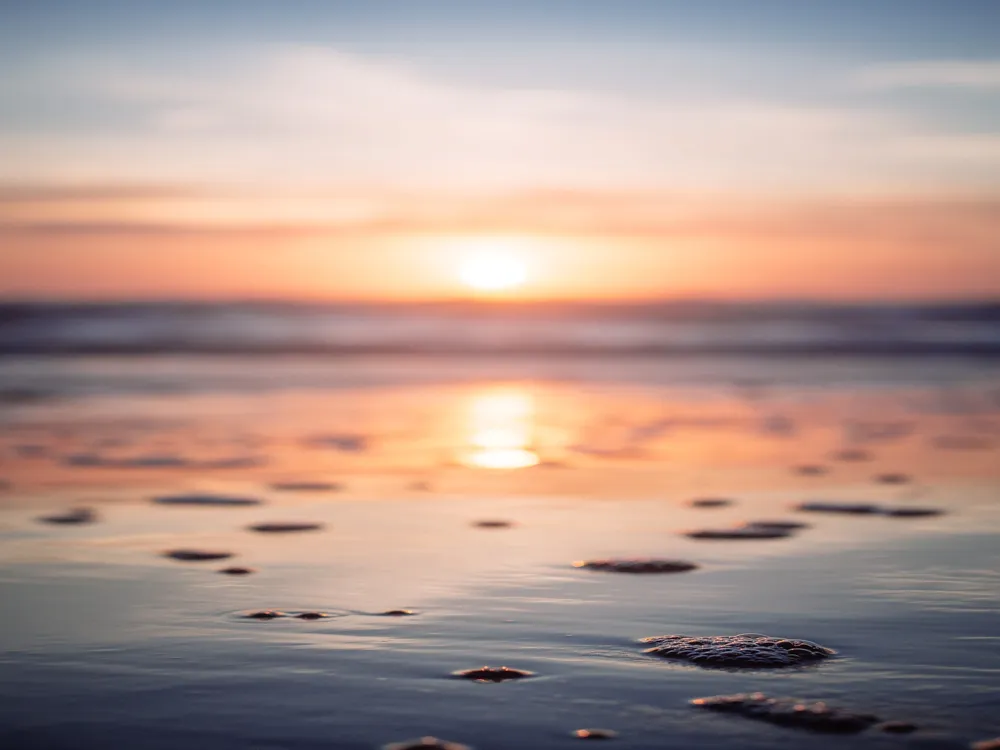
An oddly-laid out beach at Yogyakarta, the Timang Beach is quite unique. It is at a boundary between the sea and the land which is located in Gunung Kidul, Yogyakarta, Indonesia. It guarantees beautiful sunset views, a gondola ride to the cliff on the other side of the beach with large waves reaching out to you, and a delicious lobster meal. The sand at the beach is white. The Pandanus plants are lined up encompassing the beach which adds to the beautiful picturesque view of Timang Beach.
Timang Beach is not the kind of beach meant for strolling along the seashore and dipping your feet in the ocean water or even swimming in the sea, for that matter. The waters at the beach are rich in lobsters. The waves are so strong that it is very difficult to go rowing. Smart fishermen thus came up with an idea of building a gondola by hand. They then started using their fishing nets to capture the lobsters.
Read More
Yogyakarta Travel Packages
View All Travel Packages Yogyakarta
Nearby Places Yogyakarta
Browse Package Collections
Browse Hotel Collections











